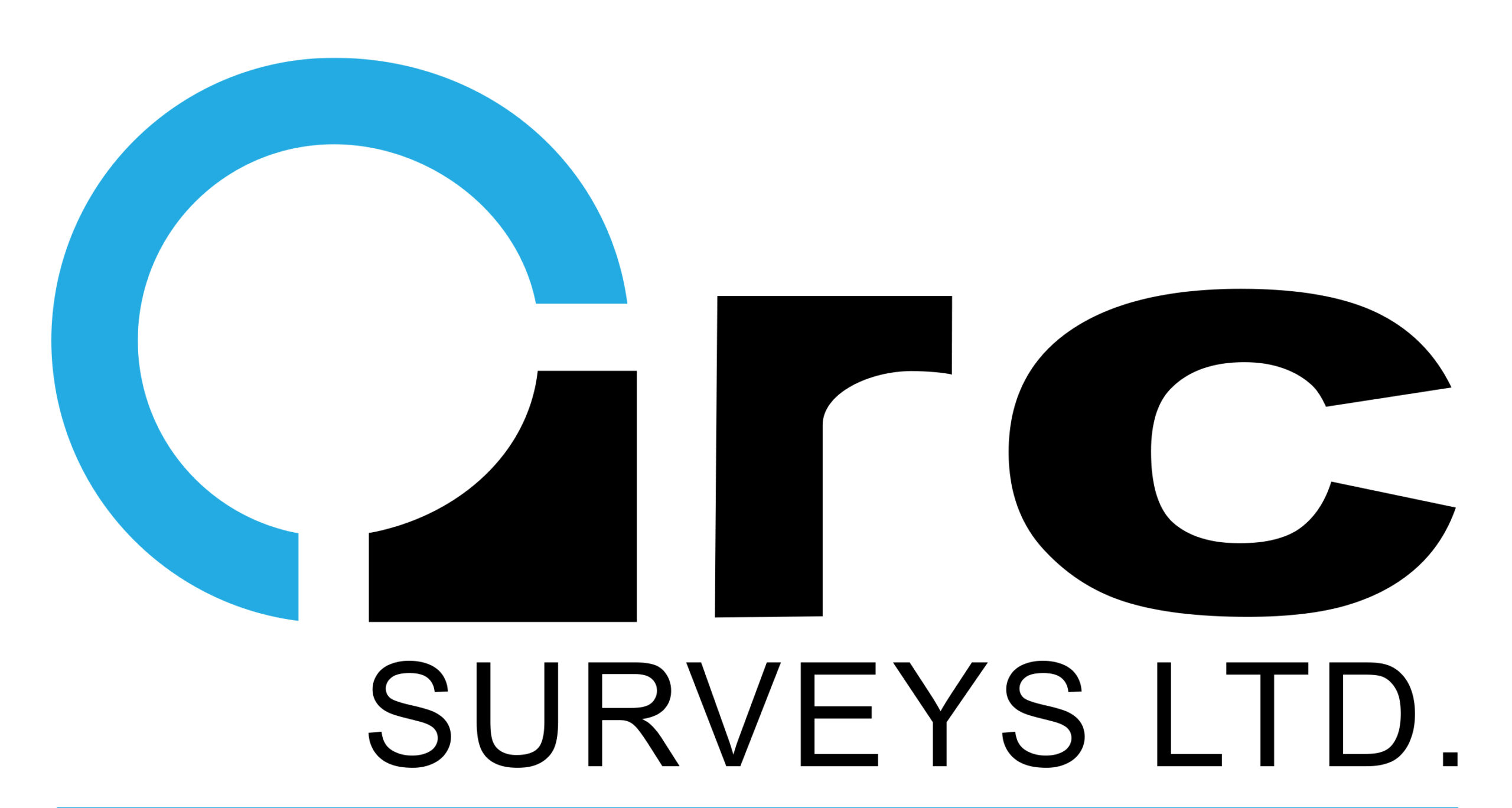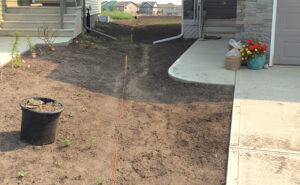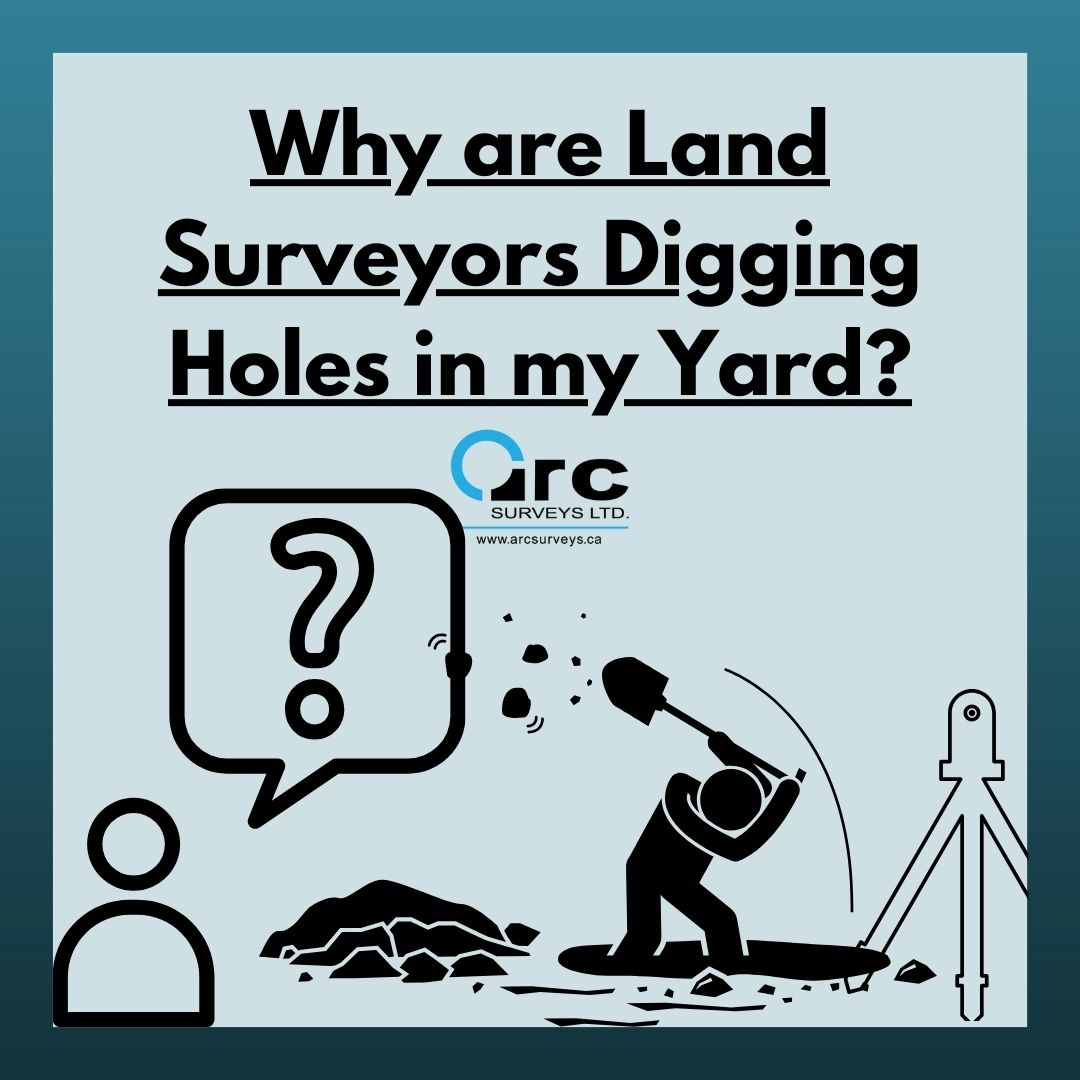Common Lot Grading Issues & in Edmonton How to Address Them
In Edmonton, lot grading is a critical aspect of property development and maintenance. While a well-executed lot grading plan can safeguard your property against water-related issues, common challenges often arise. This blog delves into these issues, providing insight into maintaining compliance with Edmonton’s lot grading regulations and ensuring your property remains safe and secure.
Understanding Lot Grading in Edmonton
Lot grading in Edmonton is more than just leveling your yard; it’s a strategic process of shaping your property to control water flow and protect your home’s foundation. Essential to this process is obtaining a lot grading certificate. A lot grading certificate is a document that verifies a property’s land surface meets the required elevations for effective drainage as per local regulations. It’s an official confirmation that the property’s grading aligns with municipal guidelines for water management. The certificate is a testament to the precision and accuracy of your lot grading survey, which is a detailed assessment conducted by professionals to determine the existing elevations and slopes of a property. This ensures your property adheres to the standards set by Edmonton’s regulatory bodies.
Common Lot Grading Issues and Solutions:
Freeze-Thaw Cycles
- Issue: The frequent freezing and thawing in Edmonton can cause ground movement, affecting the integrity of the lot grading. This can lead to uneven surfaces and potential drainage problems.
- Solution: To address this, installing drainage systems that accommodate ground movement is crucial. Additionally, regular post-thaw inspections and necessary adjustments to the grading help maintain proper drainage and prevent water pooling.
Dry Soil Conditions
- Issue: The region’s dry soil can compact and crack, leading to issues with water absorption and runoff. This makes effective lot grading crucial to manage water flow during periods of heavy rain or snowmelt, preventing water from pooling or flooding properties.
- Solution: Amending the soil to enhance its water retention capabilities and adopting xeriscaping or drought-resistant landscaping can improve water management, ensuring effective drainage even in dry conditions.
These climate-specific factors necessitate careful planning and regular maintenance to ensure long-term effectiveness and safety of your property.
Water Pooling and Poor Drainage
The most prevalent issue is water accumulating near your home, posing risks of foundation damage.
- Issue: This occurs when the yard’s slope directs water towards the house instead of away from it. This can lead to water seeping into basements or pooling around the foundation, potentially causing structural damage over time.
- Solution: The slope (grade) of the yard needs to be adjusted. This involves adding or removing soil to create a gentle slope away from the house. The ideal slope is typically about 5-10% over a span of 10 feet from the foundation. Landscaping features like swales or French drains can also be added to direct water effectively.
Erosion and Sedimentation
Erosion can lead to sediment buildup, altering the effectiveness of your original grading plan.
- Issue: Erosion can wash away the graded soil, while sedimentation can block drainage paths. This is common in areas with loose soil or on properties that experience heavy rain.
- Solution: Erosion control measures such as planting ground cover, using mulch, or installing erosion control fabrics can be effective. Building retaining walls can also help stabilize the soil. Regular maintenance, like clearing sediment from drainage paths, ensures ongoing effectiveness.
Impact from Neighboring Properties.
Changes in adjacent properties can inadvertently affect your lot’s drainage.
- Issue: Alterations in neighboring properties, such as construction or landscaping changes, can affect your property’s drainage, leading to unexpected water flow issues.
- Solution: Open communication with neighbors is crucial. Discuss any planned changes that might affect drainage. In some cases, a joint solution, like a shared drainage system, may be beneficial. Additionally, regular surveys can help identify and address any new issues arising from changes in the surrounding area.
Navigating Lot Grading Regulations and Certificates
Understanding Edmonton’s specific regulations is crucial for maintaining compliance. Periodic reviews and adjustments to your lot grading plan, guided by a comprehensive lot grading survey, can preempt issues and align with the city’s bylaws. Remember, the goal is not just compliance but also the long-term safety and integrity of your property.
Professional Assistance and Lot Grading Surveys
For complex scenarios, professional guidance is invaluable. Companies like Arc Surveys specialize in lot grading surveys in Edmonton, offering tailored solutions to unique grading challenges. Their expertise can simplify the process of obtaining a lot grading certificate and ensure your property meets all regulatory standards.
Conclusion
Lot grading in Edmonton, while challenging, is manageable with the right approach and resources. Addressing common issues effectively can prevent costly repairs and regulatory complications. Whether you’re seeking a lot grading certificate or need a comprehensive survey, Arc Surveys is here to help. Click HERE to get a free quote, or give us a call 780-800-1260 or send us at email at office@arcsurveys.ca







